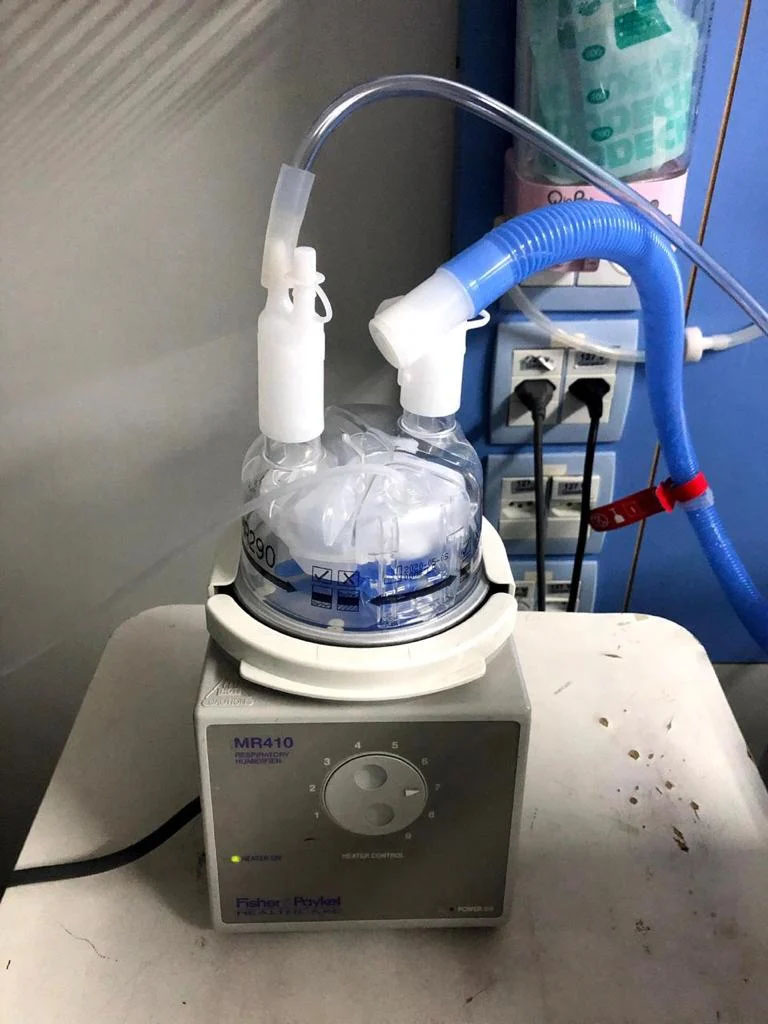Tube conceived by School of Medicine professor produced by Ideia and TecnopucFabLab
To keep Covid-19 patients from using more intensive breathing equipment is the goal of the high flow nasal cannula, developed by PUCRS researchers. The device, which was under development over the course of the previous months, has been designed to provide greater oxygen delivery.
According to Giovani Gadoski, Professor and Innovation Agent of the School of Medicine of PUCRS, the high flow nasal cannula would be enough for patients who in need of artificial ventilation. With the tube, Gadoski, who designed the project, says that some patients spent less time in the hospital, and did not have to have tracheal intubation. The study includes Universal Health Care System (SUS) patients.
The cannula, whose production in its final stage used Tecnopuc Fablab’s 3D printers, under the management of Center for Scientific and Technological Support of PUCRS (Ideia), is recommended for patients who are unable to maintain oxygenation through a simple catheter and who are not hospitalized in ICUs.
The way Eduardo Giugliani, director of Ideia, sees it, the idea came to life from Gadoski’s contributions. “He learned about the cannula in an international article and realized that it could be helpful for Covid-19 cases, especially pre-ICU patients. He consulted Ideia and a team of analysts and developers was assembled”.

The whole process, including prototyping, elaboration, fabrication, field tests and effective use of the equipment, took about 40 days
According to Giugliani, since the initiative was launched, other hospitals have become aware of it and contacted us. “We’ve shared the project design and the software program to be used for prototyping. Ideia has made itself available. This initiative can be very good for mitigating the progress of the disease in the preliminary stages ”, he explains.
Jorge Audy, Superintendent for Innovation and Development of Tecnopuc, claims that the initiative is part of the efforts made by the University to mitigate the effects of the Covid-19 pandemic. In the Technological Park alone, FabLab, CriaLab and UsaLab laboratories are tireless in the development of solutions to the challenges of society and researchers, especially in health care areas, at PUCRS’ São Lucas Hospital (HSL) and Brain Institute of RS (BraIns).
The following laboratories took part in the development of the cannula: Tecnopuc FabLab, Mechanics Laboratory, LabMec, and the Electronics Laboratory, with the help of technician Luis Fernando de Franceschi Nunes. Besides Ideia, HSL’s biomedical engineering service has also made a contribution. The whole process, including prototyping, elaboration, fabrication, field tests and effective use of the equipment, took about 40 days. The device is already being used at HSL. According to Gadonski, offers very positive and promising results.